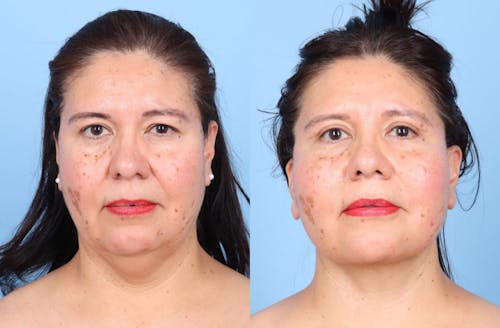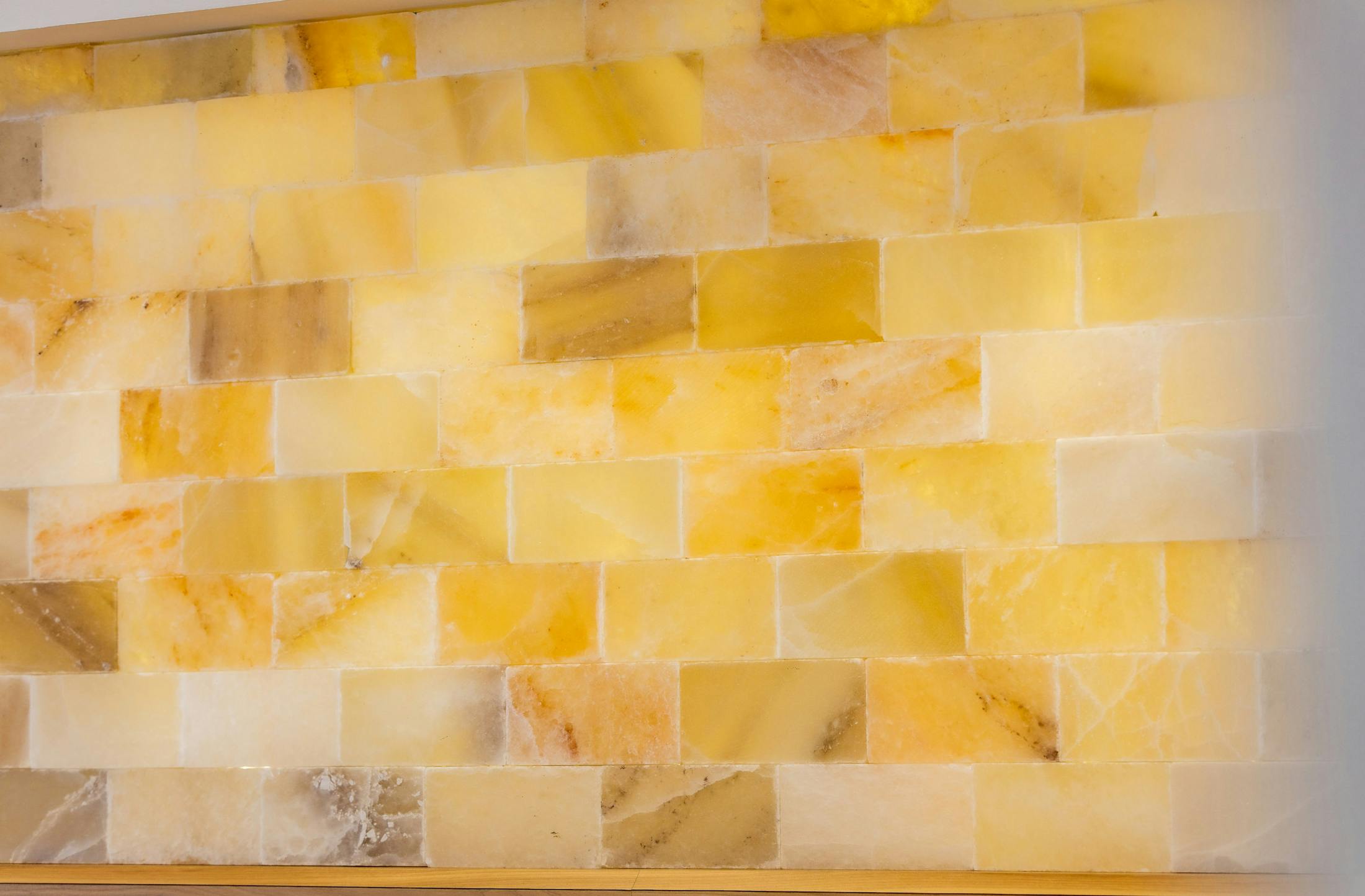Reveal a refreshed, youthful you with a customized facelift that enhances natural beauty and revitalizes your appearance. Our team combines advanced surgical techniques with personalized care, ensuring subtle and transformative results.
What is a Facelift?
Over time, natural aging changes the youthful contours of the face, causing a loss of fat and soft tissue volume, along with sagging, thinning skin that leads to lines and wrinkles. Facelift surgery at Tucson Plastic Surgery addresses visible signs of aging on the face and neck, restoring a smoother, firmer appearance. Facelifts can improve a variety of age-related concerns, including:
- Fallen or diminished facial fat volume
- Sagging skin due to relaxation and elasticity loss
- Deepened nasolabial folds (lines running from the nose to the mouth corners)
- Jowls in the cheeks and jawline
- Loose skin and excess fat under the chin and along the neck, also known as "turkey neck"
Because each face ages uniquely based on genetics, lifestyle, and environmental factors like sun exposure or weight fluctuations, a customized facelift can effectively address your specific needs. Additionally, maintaining a skincare regimen and a smoke-free lifestyle can enhance the longevity of facelift results.










